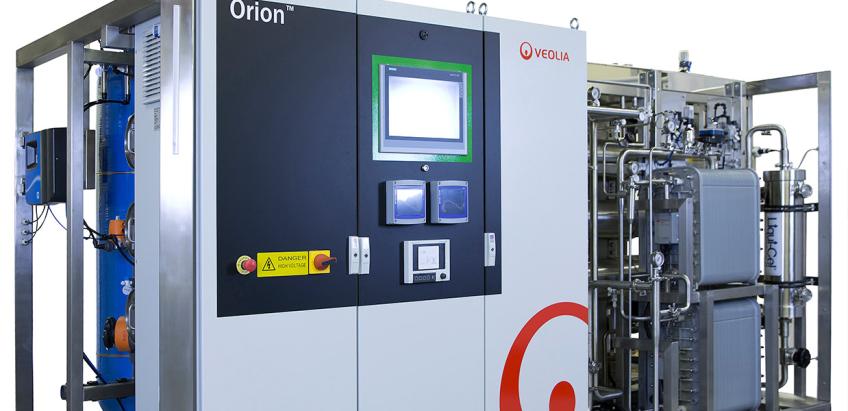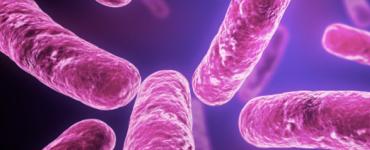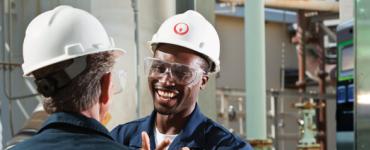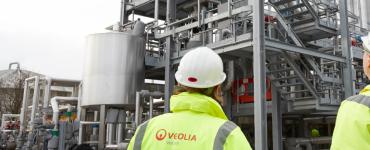- Home
- Latest News
- GMP as a driver for cosmetic water systems - Part 2

GMP as a driver for cosmetic water systems - Part 2
Materials of construction
Over the last decade, reverse osmosis has largely displaced ion exchange as the preferred treatment process for producing purified water. This is, in part, the result of the falling cost of reverse osmosis membranes and the development of lower pressure membranes which have lower operating costs.
Safety also plays a part, Ion exchange processes use chemical regenerants that are hazardous, and there is a risk of product contamination in the event of a fault in the plant operation. Ion exchange beds can also be a source of bacterial contamination. Membranes, on the other hand, do not require hazardous chemicals and furthermore, the membrane acts as a barrier to suspended solids, organic matter and bacteria.
Consequently a combination of reverse osmosis for primary deionisation, followed by continuous electro-deionisation (CDI) to polish the treated water to 0.2µS/cm has become the process route of choice for producing Purified Water.
Many cosmetics water distribution systems are constructed using ABS or PVCU pipework, both of which can leach plasticisers and adhesive residues which could be detrimental to water quality. Experience in pharmaceutical and healthcare water systems has demonstrated that stainless steel is far superior in this respect. For small systems, up to 25mmNB, cross-linked polyethylene (PEX) is a cost effective alternative. Both materials can be sanitised with hot water and boiler water treatment chemicals.
Most pharmaceutical water storage and distribution systems have, for many years, been constructed using 316L stainless steel, orbitally welded pipework, designed to be free of dead legs where bacteria might proliferate, and provided with zero dead leg valves and hygienic fittings.
Stainless steel is not a good material of construction for ion exchange systems using hydrochloric acid, but reverse osmosis, with its relatively small (4" or 8" diameter) pressure vessels makes electro-polished 316L stainless steel an economically attractive proposition. This means that complete water systems - the treatment plant, storage vessel and interconnecting pipework - can be fabricated from the same material as the distribution ring main.
System engineering
The FDA guidance is general rather than providing specific advice, but recognises the problems associated with stagnation. The International Society of Pharmaceutical Engineers (ISPE) publishes the Baseline® Pharmaceutical Engineering Guide on Water and Steam Systems and its recommendations regarding system engineering are based on many years of experience.
Minimising deadlegs, maximising flow velocities and the use of hygienic valves and fittings, all contribute to maintaining microbiologically compliant water. As a result of these guidelines many specialist fittings, like zero deadleg valves, are widely available for water systems. The other major advance in the development of packaged water treatment plant is the concept of skid mounting.
Typical of the latest generation of packaged standardised pharmaceutical water systems is Veolia's new Orion (pictured) that can be fitted with an optional RecoBLUE recovery reverse osmosis to reduce both water and carbon footprints. This approach offers the convenience of building, passivating, wet testing and validating the treatment plant at works prior to delivering it to site as a fully functioning package.
Find the right boiler water treatment chemicals for your production process
To see how Veolia Water Technologies can create a boiler water treatment chemicals and management solution for your business, or for more information on any of our other products please get in touch by sending a message through our online contact page.













